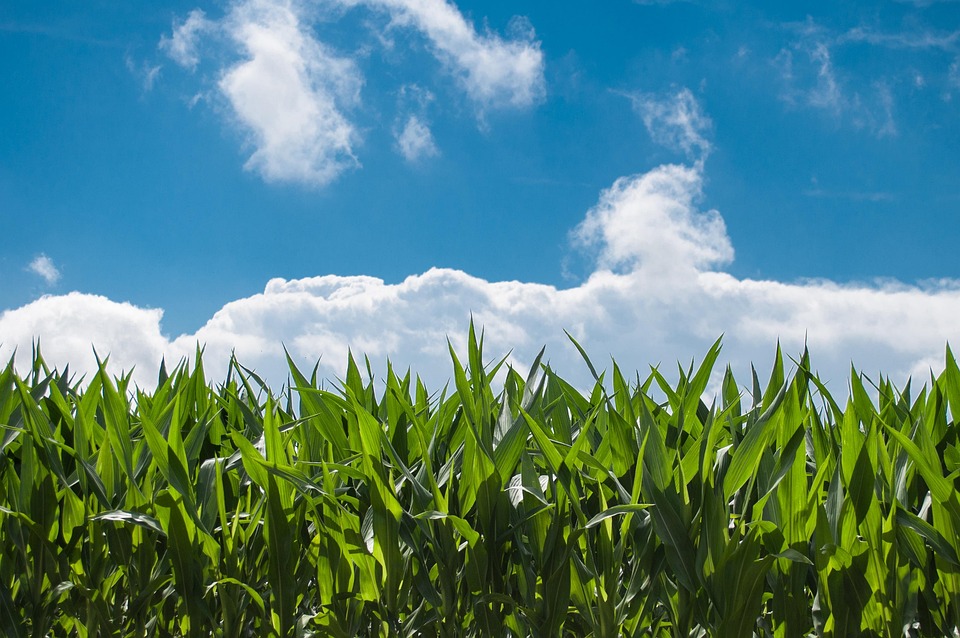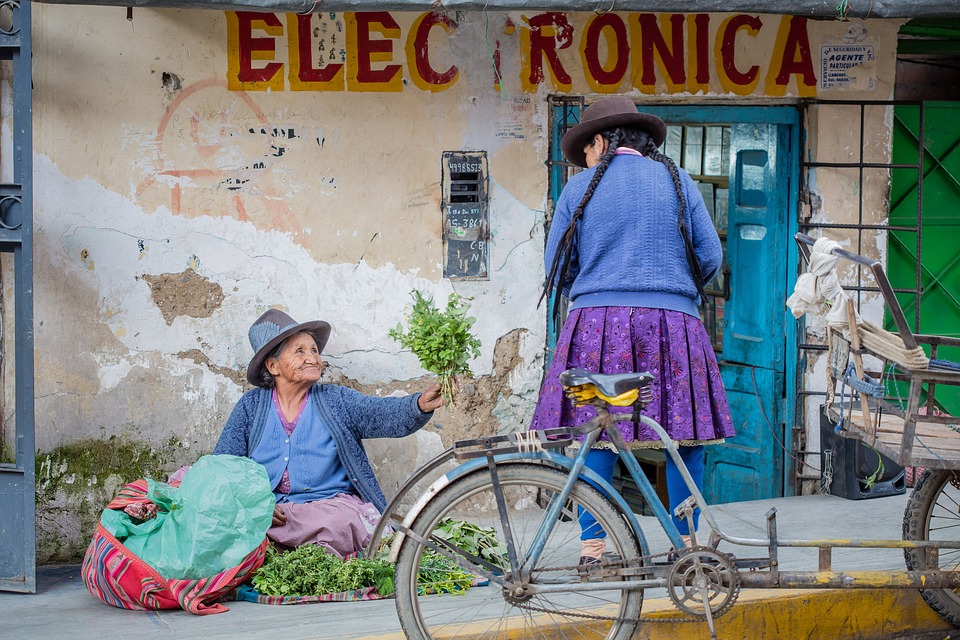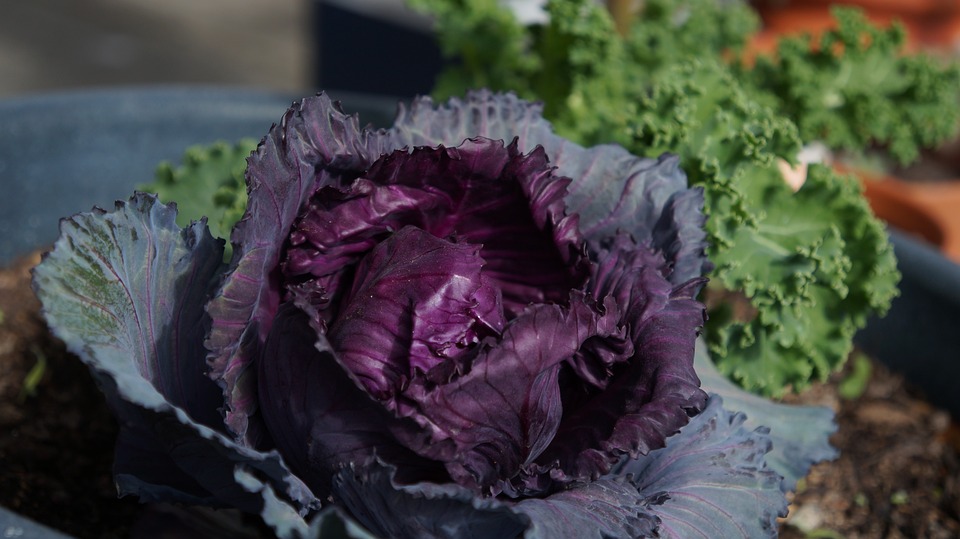From Bali to Barcelona: Destinations Leading the Way in Sustainable Tourism
As I sat on the white sandy beaches of Bali, sipping on a freshly cut coconut and watching the vibrant sunset paint the sky in shades of orange and pink, I couldn’t help but reflect on the importance of sustainable travel and tourism. Bali, known for its stunning landscapes, rich culture, and warm hospitality, has become a hub for sustainable tourism practices in recent years. From eco-friendly resorts to community-based tourism initiatives, Bali is setting the standard for destinations leading the way in sustainable travel. But Bali is not the only destination making strides in sustainable tourism. From the sunny shores of Costa Rica to the bustling streets of Barcelona, travelers are increasingly seeking out destinations that prioritize environmental conservation, support local communities, and promote cultural preservation. In this article, we’ll take a closer look at some of the top destinations around the world that are leading the way in sustainable tourism, and how you can be a part of the movement towards responsible travel. One destination that is making a name for itself in sustainable tourism is Barcelona, Spain. Known for its stunning architecture, vibrant food scene, and lively atmosphere, Barcelona is also committed to preserving its natural resources and cultural heritage. The city has implemented a number of initiatives to promote sustainable tourism, including waste management programs, green transportation options, and support for local artisans and businesses. In addition to its environmental efforts, Barcelona is also focused on promoting responsible tourism practices that respect the local community and culture. Visitors are encouraged to support authentic local experiences, from dining at family-run restaurants to shopping at markets selling handmade products. By choosing to support local businesses and engage with the community in a respectful way, travelers can help ensure that Barcelona remains a sustainable destination for years to come. Another destination at the forefront of sustainable tourism is Costa Rica. With its lush rainforests, pristine beaches, and diverse wildlife, Costa Rica is a paradise for eco-conscious travelers. The country has made significant investments in eco-tourism infrastructure, including sustainable hotels, nature reserves, and wildlife sanctuaries. Visitors to Costa Rica can participate in a range of activities that promote environmental conservation, such as volunteering at sea turtle hatcheries, hiking in national parks, and exploring sustainable coffee farms. Costa Rica is also a leader in sustainable energy, with the majority of its electricity coming from renewable sources. By choosing to visit Costa Rica, travelers can support a country that is dedicated to protecting its natural resources and reducing its carbon footprint. Whether you’re hiking through the cloud forests of Monteverde or surfing on the Pacific coast, Costa Rica offers a wide range of sustainable travel experiences that allow you to connect with nature in a meaningful way. In the lush hills of Ubud, Bali, I had the pleasure of staying at a beautiful eco-friendly resort that was committed to sustainability in every aspect of its operations. From the use of solar energy to the locally sourced organic meals, every detail was thoughtfully designed to minimize the resort’s environmental impact and support the local community. As I participated in a traditional Balinese cooking class and learned about the rich cultural heritage of the island, I was reminded of the importance of responsible travel practices that benefit both the environment and the people who call Bali home. Pro Tips: 1. Support local initiatives: Look for opportunities to engage with the local community and support small businesses and social enterprises that are making a positive impact in the destination. 2. Choose eco-friendly accommodations: Opt for hotels, resorts, or homestays that have implemented sustainable practices, such as energy conservation, waste reduction, and support for the local economy. 3. Respect the environment: Follow Leave No Trace principles when exploring natural areas, including packing out your trash, staying on marked trails, and respecting wildlife. 4. Offset your carbon footprint: Consider offsetting the carbon emissions from your travels by supporting renewable energy projects or investing in carbon offset programs. By choosing destinations that prioritize sustainable tourism practices, we can help protect the planet, support local communities, and create meaningful travel experiences that leave a positive impact. From Bali to Barcelona, there are countless destinations around the world that are leading the way in sustainable tourism – all we have to do is follow their lead. So, pack your bags, book your ticket, and embark on a journey to discover the beauty of sustainable travel.










